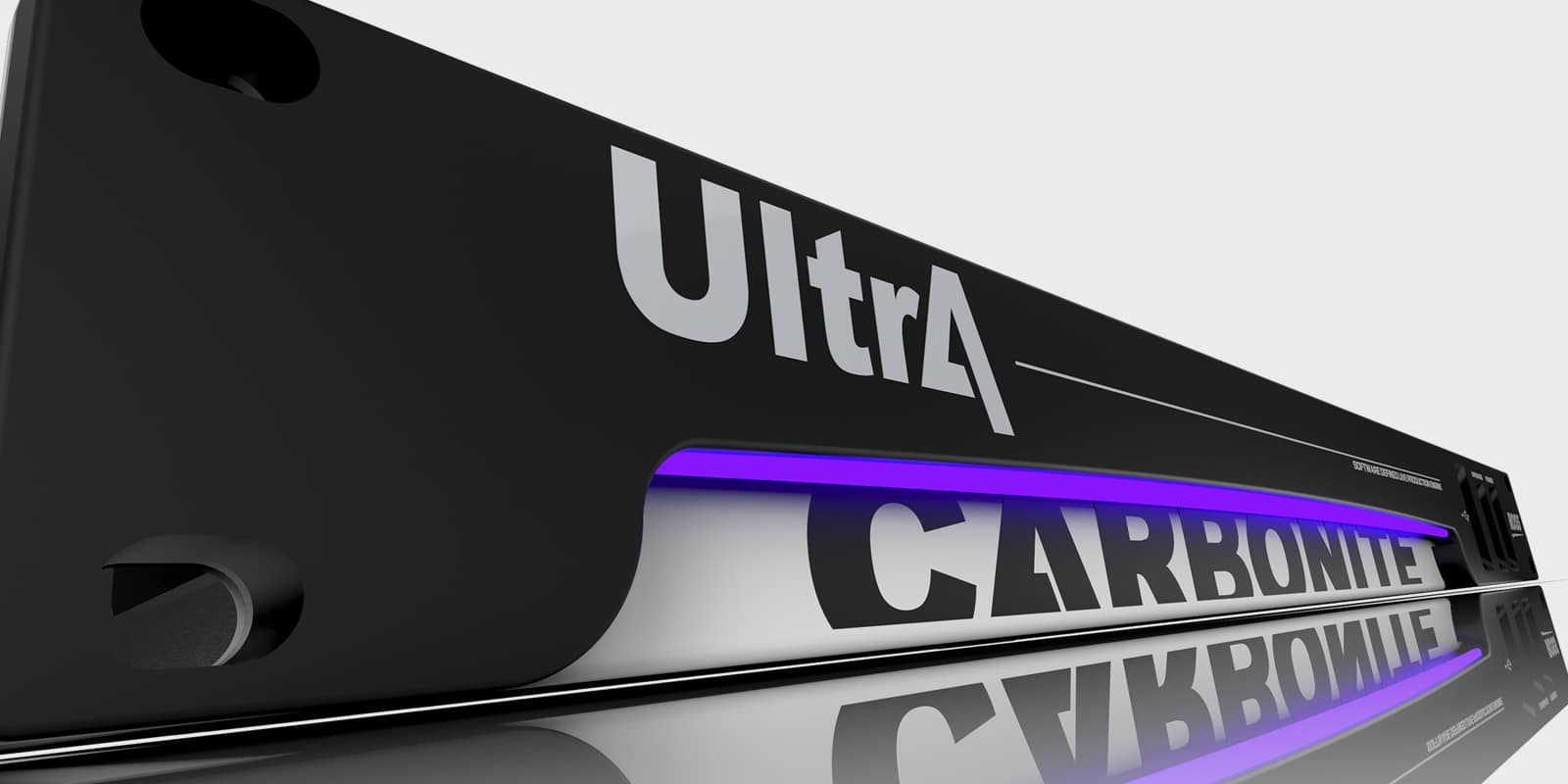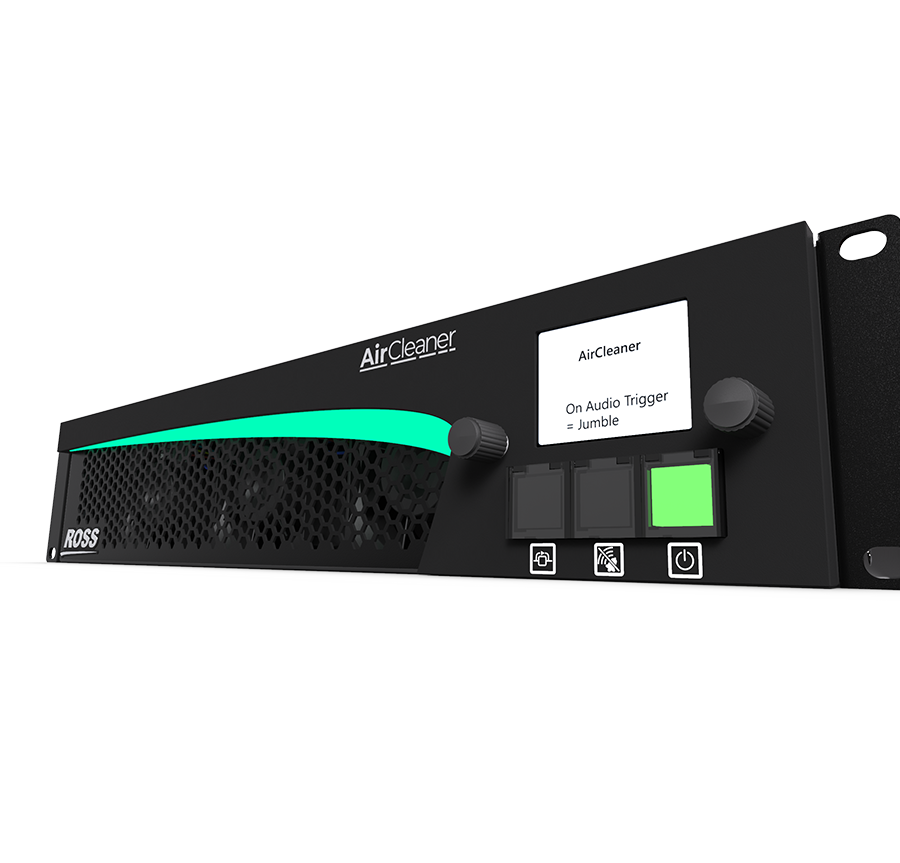

UniversityofCentralFlorida RossCarbonite2MManual Chapter22.4 - Transition Control: The keys found in this area control how and when your transitionwill occur. This carries throughout the switcherincluding both MLE banks and all Keys.v.1.2 You will also notice that any button on theswitcher lit in red is currently in PROGRAM. Thisgives the switcher a chance to correct any mis-keys prior to executing a transitionand placing an incorrect source, such as a non ready camera, into program.2.3 - Program This row is where you select the source you would like to be in PROGRAM, or whatyour viewer (or recording) will see. For almost ALL circumstances all source decisions will be made here. This row is where you select the source you would like to transition tonext. About half ofthe students assume these are buttons and press them.2.2 - Preview or Preset This particular board has this row labeled as “PRESET” however, it isPREVIEW. Please relay this to all students operating the switcher. Pressing these buttons will damagethe screens. These namescan be modified through the menu of the switcher however, please consult theStudio Engineer prior to any changes.IMPORTANT: These screens are NOT buttons. UniversityofCentralFlorida RossCarbonite2MManual Chapter2This row of LCDs displays the attached source to the video switcher. For now wewill focus on MLE-2 (the lower switcher), and as we noted earlier, anything on MLE-2will be overtop of anything on MLE-1. Source Displays, Preview, Program, and Transition Control. Let’s start off with the most importantsections. This section will introduce the specific sections of the RossCarbonite 2M Video Switcher to you. UniversityofCentralFlorida RossCarbonite2MManual Chapter2Chapter 2: The Switcher ConsoleLet’s get started. Take – Moves both hands to camera and pointsv.1.2

Ready – Raises one hand and points with other to camerac. Cue talent - Floor Director signals for talent to begin actionb. Take Out / Kill - Deactivate mics, music, VTR, or other requestedsource’s audio4. Track - Bring up audio on requested sourceb. Roll Record - Begin recording on tape, DVD, or GrassValley T23. UniversityofCentralFlorida RossCarbonite2MManual Chapter12. A dissolve to black and immediate dissolve to CG, orreverse.v.1.2 Dip to Black - Used to transition between segments and communitycalendar. Key In / Key Out (From Associate Director (AD)) - Activate orDeactivate selected Key for CGf.
#Ross carbonite media wipe targa settings manual#
Fade or Mix - Execute either a Manual Mix or AUTO TRANS, typicallya dissolvee. Ready With - Double Punch - Bring the requested source into Previewwith overlay (typically CG)c. Ready - Bring the requested source into Previewb. Unless noted, all cues are from the director.1. What follows is a brief list of cues currently utilized by the KnightlyNews production staff.

Activating a layer will hide everything below it,unless there is a mask or key established.While this manual is primarily aimed at the technical director (TD), propercommunication between all members of the production team is required for a wellexecuted show. Chapter4 of this manual contains examples of real world activities performed on the switcherin the UCF studio.The Ross Carbonite 2M video switcher has 10 layers that may be manipulatedthrough various methods. Chapter 3 will be dedicated to the 8 Keyers on the Carbonite 2M. The first portion (Chapter 2) of this manual will cover basicoperations of the Carbonite as well as an overview of each button of the controlsurface. UniversityofCentralFlorida RossCarbonite2MManual Chapter1Chapter 1: A Brief OverviewThis manual has been designed to highlight the most popular uses the faculty andstudents of the University of Central Florida will have of the Ross Carbonite 2Mvideo switcher. UniversityofCentralFlorida RossCarbonite2MManual SwitcherConsolev.1.2

UniversityofCentralFlorida RossCarbonite2MManual TableofContentsUCF & The Ross Carbonite 2MWritten & Graphics by Dylan YontsStudio Manager James McCull圜hapter GuideChapter 1: A Brief OverviewChapter 2: The Switcher ConsoleChapter 3: The KeyersChapter 4: Special Functionsv.1.2


 0 kommentar(er)
0 kommentar(er)
